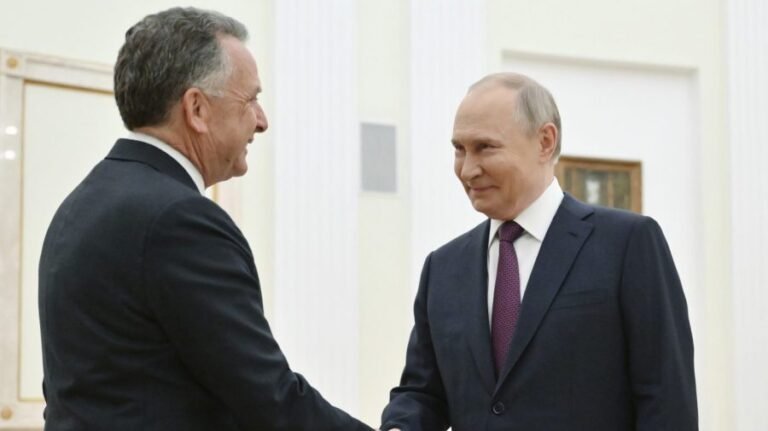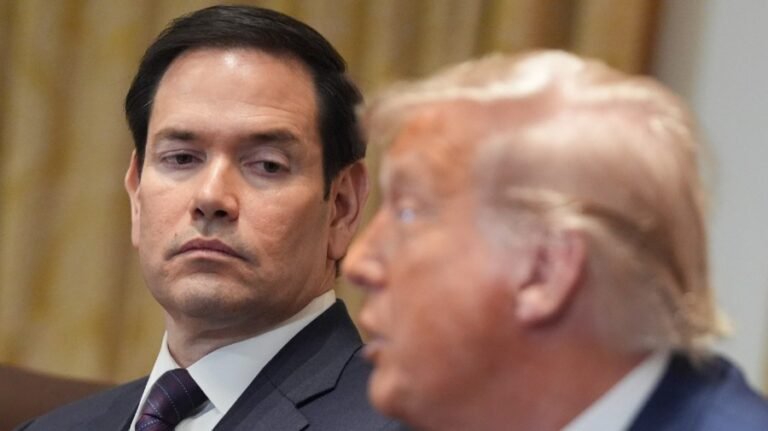
Economic activity in the services sector fell back modestly in July as businesses held off on making purchases amid policy uncertainties.
The Institute for Supply Management’s purchasing manager’s index dropped 0.7 percent from June to reach a series level of 50.1 percent in July, just slightly above the break-even level of 50 percent, below which activity would be shrinking.
Institute chair Steve Miller said the report reflects “slow growth” in services, which includes industries like transportation, warehousing, retail, utilities and real estate.
Survey respondents cited tariffs as weighing on business conditions and delaying their ability to plan and make purchasing. Tariffs were the most frequently mentioned issue in the selected comments.
“Anticipation of the final tariff impacts is resulting in delayed planning for next fiscal year purchases,” one respondent in the food service sector said.
Other indexes in the survey also contracted on the month while staying in positive territory. The business activity index fell by 1.6 percentage points to 52.6 percent, and the new orders index dropped by 1 point to 50.3 percent.
Tariffs have been weighing on business sentiment for several months and are starting to show up in economic data now as companies have moved through their inventories. Tariffs were first rolled out in force in April, and it usually takes about three months for U.S. inventories to clear.
CEOs in the Business Roundtable’s second-quarter survey reported “a downward shift in plans and expectations” for the next six months, citing persistent “uncertainty.” Hiring plans decreased by 19 points in the survey and capital investment declined by 15 points.
The Labor Department reported Friday that the economy has added just 106,000 jobs since May. The economy needs to add between 80,000 and 100,000 jobs per month just to replace people who retire or stop working for other reasons.
Prices have also started to rise as businesses have passed along cost increases to consumers. The personal consumption expenditures price index popped to a 2.6-percent annual increase in July, and the consumer price index advanced to a 2.7-percent increase.
One ISM survey respondent in the warehousing sector noted the pricing effects.
“Tariffs are now starting to show up in pricing, and we are seeing increases across the board,” the person said, adding that their business activity was flat.
The U.S. trade deficit narrowed in June to $60.2 billion, the Commerce Department reported. Goods imports decreased by $12.6 billion to $265.0 while exports fell by $1.2 billion to $179.1 billion.


